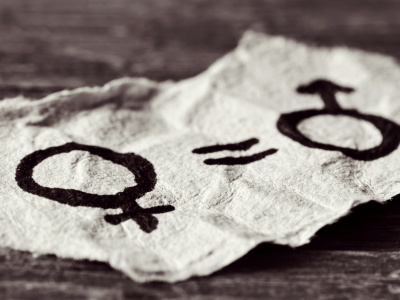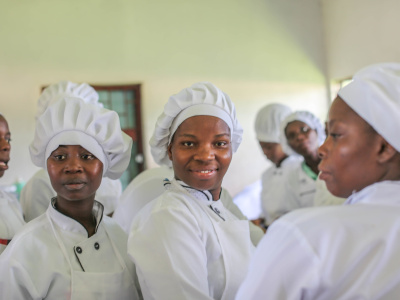
Taking the gender agenda forward in EU programming
Chloe Teevan, Lidet Tadesse Shiferaw and Mariella Di Ciommo look at how gender will be integrated into the programming of the EU’s external action, at the level of strategic involvement of member states and at how delegations are interacting with local actors.
This page is also available in French.
Summary
In December 2020, the European Commission released its new Gender Action Plan (GAP III), detailing the European Union (EU)’s policy ambitions for inclusion of gender in its external action. The plan was released during the process of programming of the EU external action instrument, now in the form of the new €79.5 billion Neighbourhood, Development and International Cooperation Instrument – Global Europe (NDICI). To achieve the ambition of the GAP III, the EU will need to expand on its growing technical understanding of gender in development cooperation, whilst ensuring that a more strategic vision for gender is embraced at the highest levels within delegations and shared with member states.
This paper analyses how the EU is approaching gender through a three-pronged approach, based on political dialogue, standalone projects and gender mainstreaming. Drawing on three limited case studies of Ethiopia, Mozambique and Mali, it looks at how gender will be integrated into the programming process, at the level of strategic involvement of member states, and at how delegations are interacting with local actors. Based on our findings, we propose ideas for the EU institutions, member states and delegations as they work to implement the EU’s gender goals in the coming months.






